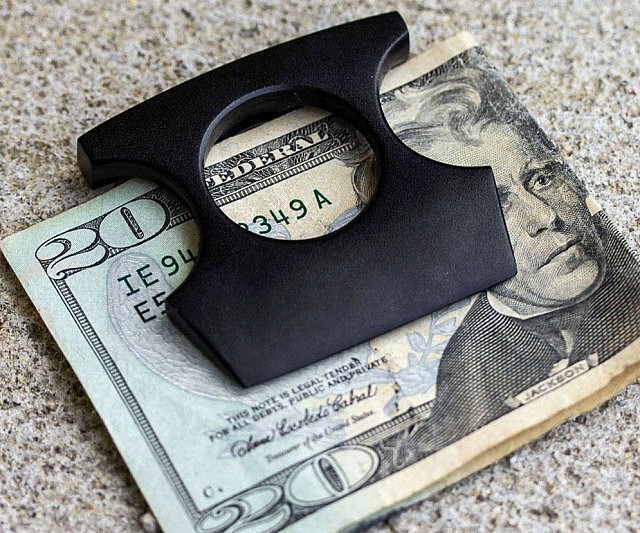Drug prices skyrocket
ZIMBABWEAN drug retailers are selling medicine using exchange rates of between US$1:$220 and US$1:$230, sparking fears that the sector could become one of the driving forces behind an extensive depreciation of the domestic currency.
The Zimbabwe dollar was trading at about US$1:$110 when the foreign currency auction system closed for the festive season two weeks ago.
This means drug retailers have been selling critical products using exchange rates which are more than double the official exchange rate for the United States dollar.
Consumers have been struggling to buy essential products like food and drugs due to the tough economic climate stemming from hyperinflation and foreign currency shortages.
A fresh wave of price hikes underpinned by exchange rate fragilities could worsen an already difficult situation.
On Monday, Reserve Bank of Zimbabwe (RBZ) governor John Mangudya told NewsDay Business that authorities had arranged cheaper funding windows for pharmaceutical retailers.
He said most of the foreign currency availed through that arrangement had not been utilised.
Foreign currency acquired through the official system is cheaper.
The system was put in place by government to give critical industries like the pharmaceutical sector easy access to funding.
“We have a facility for the pharmaceutical industry to access foreign currency,” Mangudya said.
“But the uptake has been low for that facility so in the coming weeks we will meet with them to find out why they are using such exchange rates,” Mangudya said.
However, pharmaceutical retailers blamed wholesalers.
Pharmaceutical Society of Zimbabwe president Portifa Mwendera said drug retailers were not importers and were only passing on costs to consumers based on the prices at which they purchased medicine from wholesalers.
“What I know is retail pharmacies are not very keen on importing medication so they do not participate to a greater extent on the foreign exchange market auction system,” Mwendera said.
“Even if you check on the list of those who have been getting forex over the last 18 months, retail pharmacies are in the minority.
“You might find four or five pharmacies which are there because retail pharmacies are not in the business of importing medication by their nature.
“So, what they then do is mostly apply a mark-up on the price they would have bought the product from a wholesaler.
“It is the wholesaler that determines the exchange rate that they are using for a product. And most of the exchange rates are implied,” Mwendera added.
Ahead of Christmas, former finance minister and MDC Alliance vice-president Tendai Biti warned that the exchange rate could hit US$1:$500 on the parallel market.
“Today the US rate traded between US$1:$220 and US$1:US$230. In a few months, it will hit US$1:$500. A rising rate has dramatic inflationary consequences,” Biti warned.
The black-market exchange rate rocketed by 27% during the third quarter (3Q) of this year, marking its steepest ever growth in one year, researchers at Inter Horizon Securities (IH) said.
“Month-on-month inflation trended upwards for the quarter, possibly in response to increased government spending on agricultural inputs,” IH said.
“The parallel market was considerably volatile, gaining 27% over the quarter, the highest quarterly gain since 2Q20.
“Consequently, the parallel market premium closed 3Q21 at 98% from 59%.
“On the Zimbabwe Stock Exchange, the All-Share Index has been on an upward trend, outperforming 2Q21,” IH noted.-newsday











